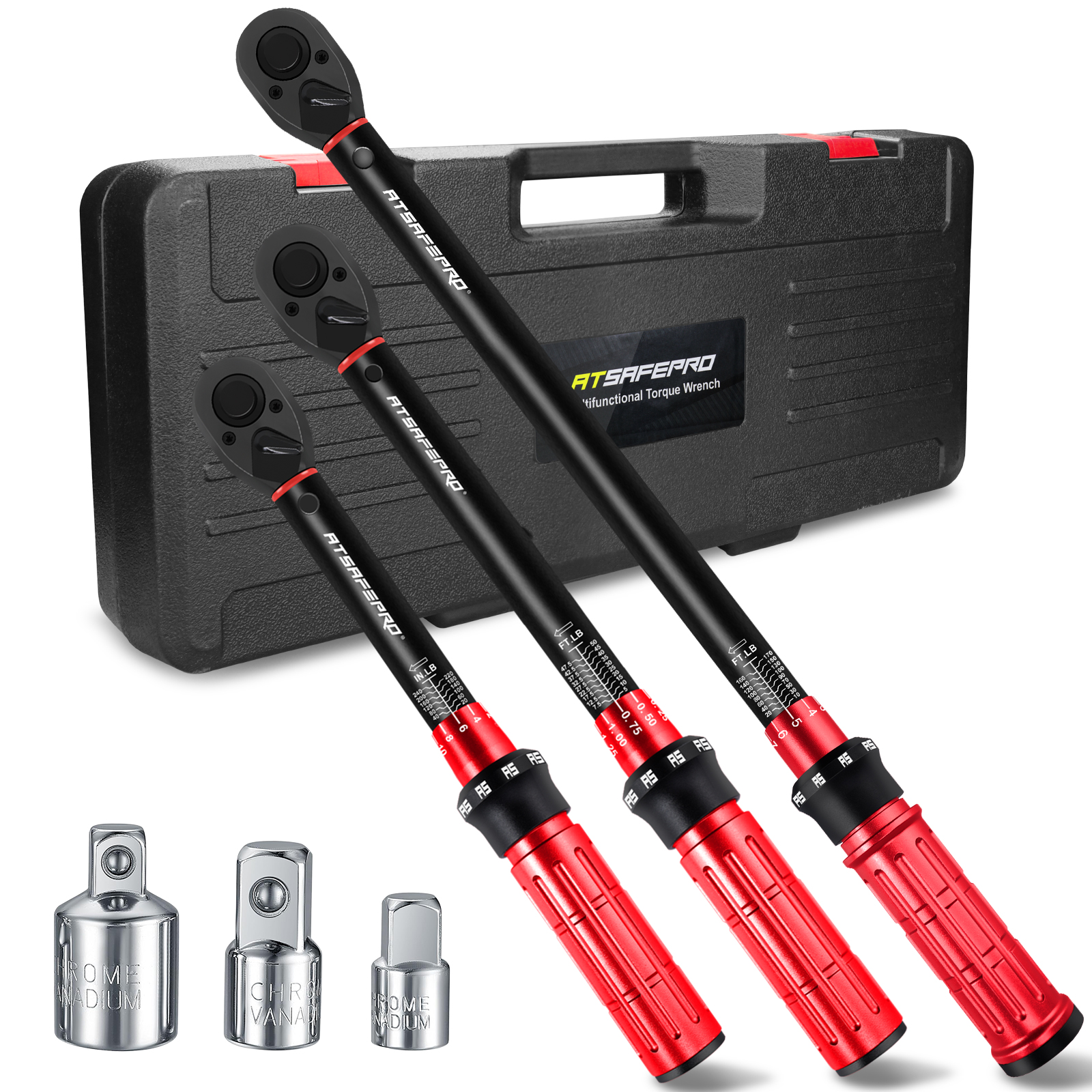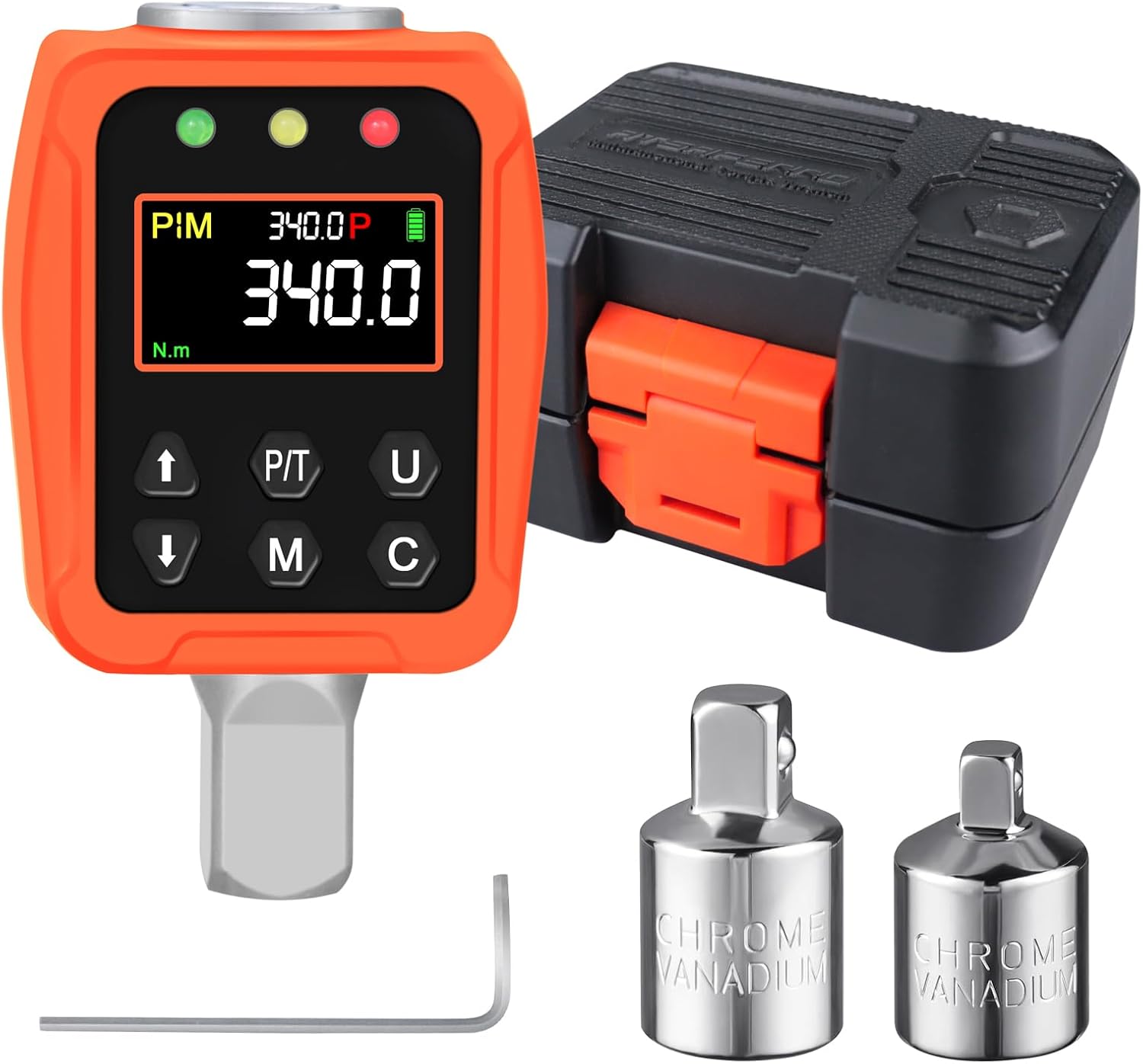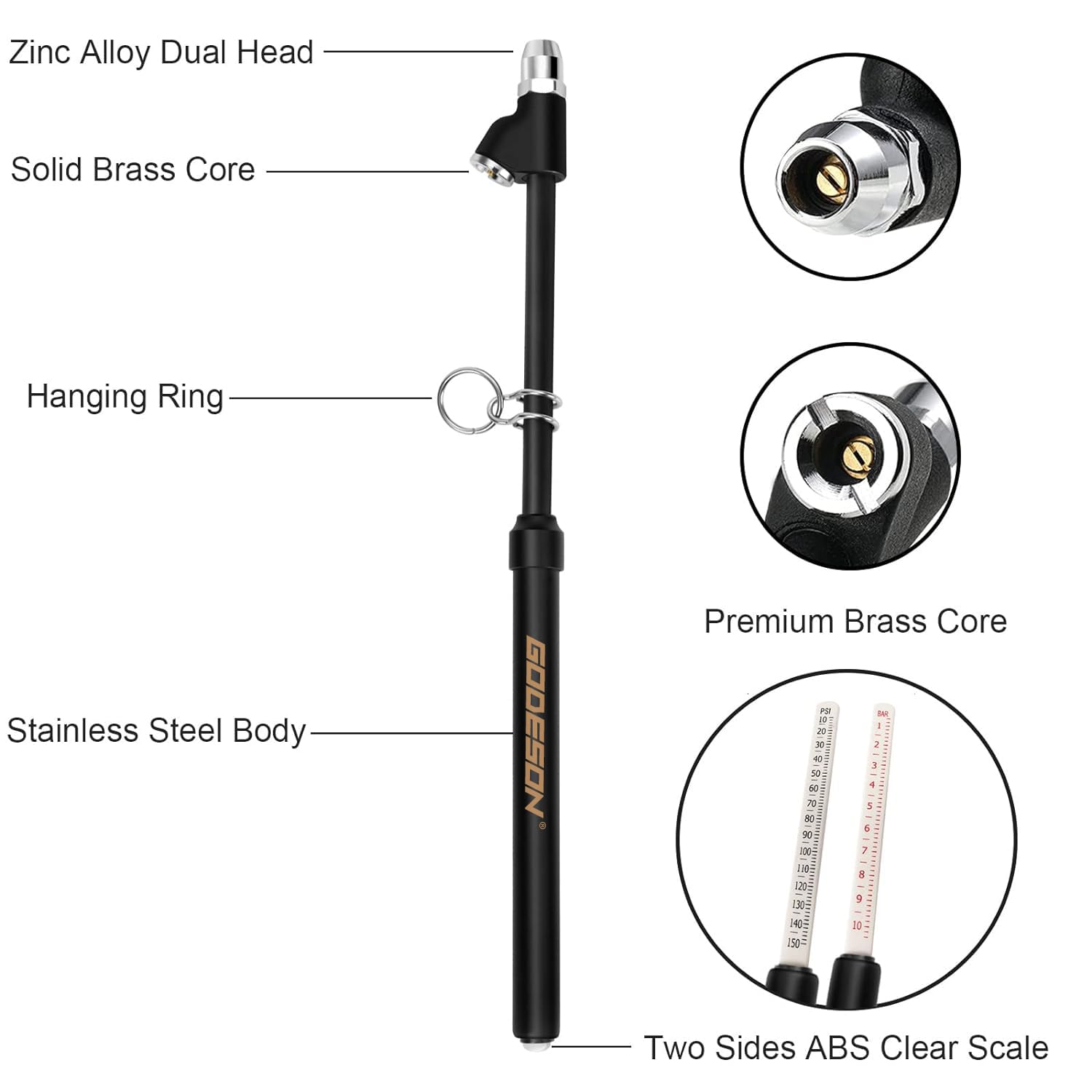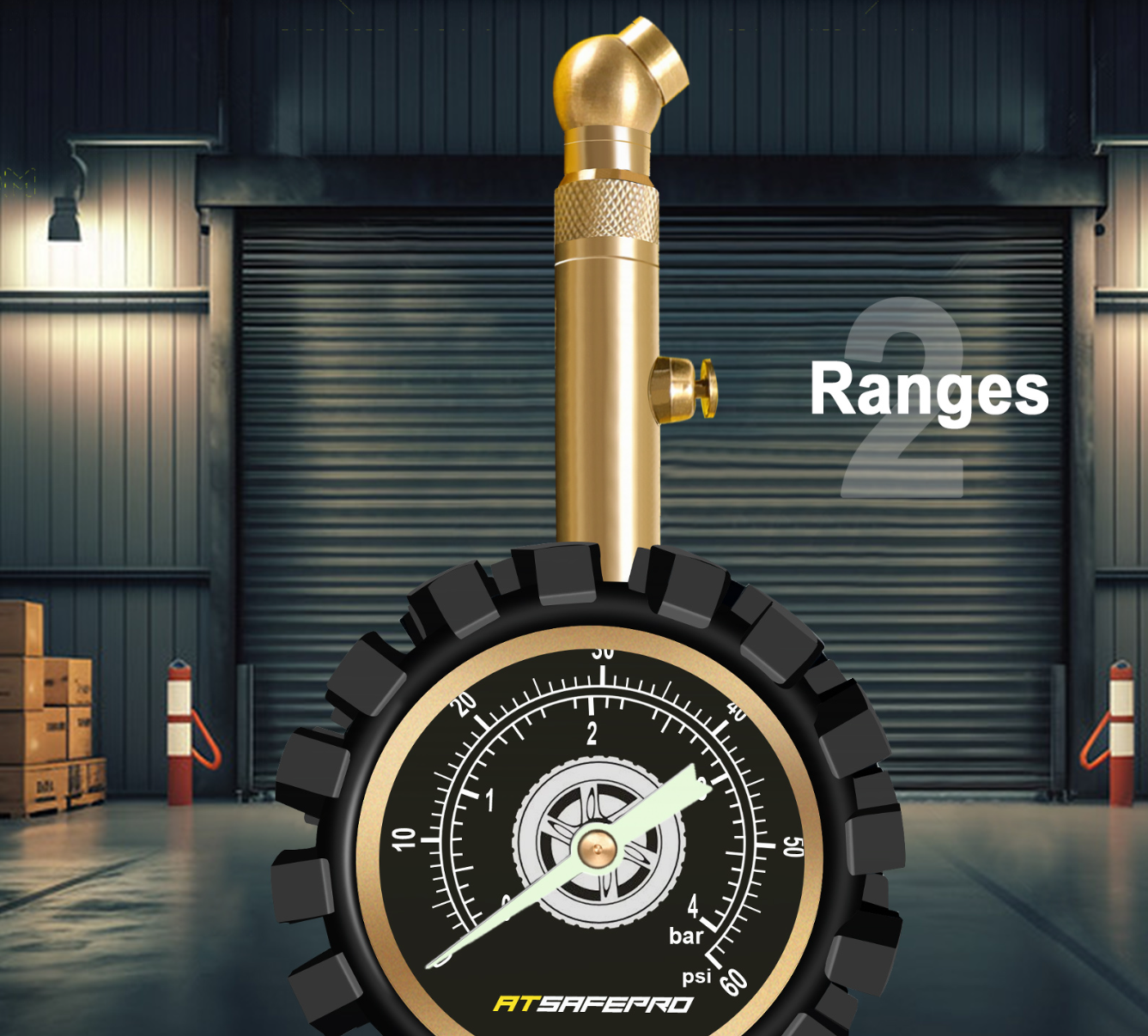For any off-road enthusiast or serious cyclist, understanding the nuances of tire pressure is fundamental to performance and safety. While most people focus on inflation, knowing when and how to deflate your tires is just as critical. Using a dedicated tire deflator is the most efficient and accurate way to lower your tire pressure for enhanced traction and a smoother ride on challenging terrains. This guide will walk you through everything you need to know about using these essential tools, from understanding the different types to mastering their use.
Why Would You Need a Tire Deflator?
Lowering the air pressure in your tires, a practice often called 'airing down,' significantly increases the tire's footprint, or the amount of surface area in contact with the ground. On surfaces like sand, mud, rock, or snow, this larger contact patch provides dramatically improved traction, preventing your vehicle from getting stuck. It also allows the tire to flex and conform more easily to uneven obstacles, which not only smooths out a bumpy ride but also reduces the risk of tire damage from sharp rocks or roots. For off-roaders, airing down is a non-negotiable step before hitting the trail, and for cyclists like mountain bikers or fat bikers, it’s key to optimizing grip and control on technical singletrack or soft surfaces.
Understanding Different Types: Manual vs. Automatic
When you decide to purchase a deflator, you'll encounter two primary categories: manual and automatic. A manual tire deflator is typically a simple, robust tool that screws onto your tire's valve stem. It works by depressing the valve core, allowing air to escape. While effective and budget-friendly, this method requires your full attention. You must use a separate pressure gauge to check the pressure periodically, a process of deflating, checking, and deflating again until you reach your target PSI. On the other hand, an automatic tire deflator offers incredible convenience and precision. These devices can be pre-set to a specific target pressure. Once you screw them onto the valve stems, they release air and automatically shut off when the desired pressure is reached. This set-and-forget functionality allows you to deflate all four tires simultaneously and accurately, saving considerable time and effort at the trailhead.
A Step-by-Step Guide to Using a Manual Tire Deflator
Using a manual deflator is a straightforward process that requires a bit of patience. First, ensure you have a reliable tire pressure gauge on hand. Begin by removing the valve cap from your tire. Securely screw the manual tire deflator onto the valve stem until you hear the distinct hiss of escaping air. Let the air out for about 10-15 seconds to start, then unscrew the deflator. Use your tire pressure gauge to check the current PSI. If you still need to release more air, reattach the deflator and repeat the process in shorter intervals. Continue this cycle of deflating and checking until you have reached your target pressure. Once achieved, make sure to screw the valve cap back on tightly to protect the valve from debris.
Effortless Deflation: How to Use an Automatic Tire Deflator
The primary advantage of an automatic tire deflator is its efficiency. Before you use it for the first time, you must calibrate it. To do this, screw the deflator onto a fully inflated tire's valve stem. Most models have an adjustment cap or collar; you'll turn this until air begins to release. Then, slowly turn it back until the hissing stops. At this point, you can use a gauge to help you adjust the deflator to lock in your desired 'off' pressure. Once calibrated, the process is simple. Just remove your tire's valve cap and screw the pre-set automatic deflator on. It will immediately start releasing air and will automatically stop once it reaches the pressure you set earlier. You can then unscrew it and move to the next tire. For vehicle owners, having a set of four allows you to air down all tires at the same time, getting you on the trail much faster.
Finding the Best Tire Deflator for Your Needs
Choosing the best tire deflator depends on your specific needs, frequency of use, and budget. If you only occasionally venture off-road or need to make minor adjustments, a simple and durable manual tool is a perfectly adequate and cost-effective choice. However, for the avid off-roader who frequently airs down, the speed, accuracy, and convenience of an automatic deflator set are well worth the investment. When shopping, look for models made from high-quality, corrosion-resistant materials like brass, as they will withstand the rigors of outdoor use. Also, consider the accuracy of the built-in gauge if it has one, or ensure you pair it with a reliable separate gauge.
Don't Forget Valve Accessibility and Care
Regardless of which tool you use, effective tire pressure management hinges on one simple thing: easy access to the valve stem. Some custom wheels or bicycle spoke configurations can make it difficult to attach gauges and deflators. This is where a simple accessory like a valve extender becomes invaluable. A high-quality Portable Brass Bicycle Tire Valve Extender Set can provide the crucial clearance needed to make tire maintenance effortless. These extenders, often featuring a knurled surface for a better grip, allow for quick attachment of your tools. Furthermore, always protect your valves. Using durable valve caps keeps dirt, dust, and moisture from getting into the valve core, which is essential for ensuring both the valve and your tire deflator can function properly without being clogged or damaged. An integrated keychain set that holds your extenders ensures these vital small parts are always with you when you need them.
Mastering Your Tire Pressure for Optimal Performance
Ultimately, controlling your tire pressure is one of the most impactful adjustments you can make to your vehicle's or bicycle's performance in varied conditions. A reliable tire deflator is not a luxury but a core piece of equipment for anyone serious about exploring beyond the pavement. By understanding the difference between manual and automatic models and learning how to use them correctly, you can unlock a new level of capability and enjoyment on your adventures. Choose the tool that fits your lifestyle, pay attention to valve care, and confidently take control of your ride.








